- Home
- Articles
- Architectural Portfolio
- Architectral Presentation
- Inspirational Stories
- Architecture News
- Visualization
- BIM Industry
- Facade Design
- Parametric Design
- Career
- Landscape Architecture
- Construction
- Artificial Intelligence
- Sketching
- Design Softwares
- Diagrams
- Writing
- Architectural Tips
- Sustainability
- Courses
- Concept
- Technology
- History & Heritage
- Future of Architecture
- Guides & How-To
- Art & Culture
- Projects
- Interior Design
- Competitions
- Jobs
- Store
- Tools
- More
- Home
- Articles
- Architectural Portfolio
- Architectral Presentation
- Inspirational Stories
- Architecture News
- Visualization
- BIM Industry
- Facade Design
- Parametric Design
- Career
- Landscape Architecture
- Construction
- Artificial Intelligence
- Sketching
- Design Softwares
- Diagrams
- Writing
- Architectural Tips
- Sustainability
- Courses
- Concept
- Technology
- History & Heritage
- Future of Architecture
- Guides & How-To
- Art & Culture
- Projects
- Interior Design
- Competitions
- Jobs
- Store
- Tools
- More

You don’t need to spend a lot to make your yard better for the planet. Simple changes help you save water, cut waste, and support local wildlife. Here’s how you can turn your outdoor area into something greener, cleaner, and more useful without breaking your budget.
Table of Contents
TogglePick Plants That Belong Here
Choose plants that grow naturally in your area. They’re called native plants. These plants are tough and used to the local weather. You won’t need to water them much. They also don’t need chemicals to grow well. That saves you time and money. Local birds and bugs love them too. If you’re in the U.S., good picks might be coneflowers, milkweed, or black-eyed Susans. Your yard will look great and stay healthy.
Shrink the Lawn
Lawns take a lot of water. They also need mowing, weed killer, and fertilizer. Try cutting your lawn in half. Replace part of it with ground covers. Clover and creeping thyme are good choices. They stay green without much water. You don’t need to mow them often. Some even bloom. Less lawn means less work and more space for useful plants.

Use Less Water with Xeriscaping
Xeriscaping is a smart way to garden with less water. This works well in dry places, but anyone can use the idea. Choose drought-resistant plants. Put mulch on the soil to keep it moist. Group plants by water needs. This keeps water use low and helps plants grow better. It also stops weeds. You’ll spend less on your water bill and your garden will still look full and colorful.
Water Smart
Old sprinkler systems waste water. A smart system works better. These systems water your yard only when it’s needed. Some use rain sensors. Others check the soil or weather. You can control them from your phone. Many cost less than you think and are easy to set up. Saving water means saving money.
Reuse What You Can
You don’t need brand-new stuff to build a nice yard. Use recycled or reclaimed materials. Old wood makes great garden beds. Broken bricks or stones can line paths. You can even use old concrete from other projects. These reused items add style and cut waste. Plus, you avoid buying new things, which saves money and energy.
Try Better Sidewalk Options
Some sidewalk materials help the environment, but you need to check what’s allowed in your area first. In New York City, most sidewalks must be made from standard concrete. If you want to use something different, you need city approval.
Eden Sidewalk Contractors, a team of local sidewalk experts in NYC, says one good option is Permeable Interlocking Concrete Pavers (PICPs). These pavers have small spaces between them. Water can drain through into the ground. That means less runoff and better soil health.
But these pavers aren’t allowed everywhere. In NYC, they’re only approved:
- Near schools, instead of planting strips
- In the space between the sidewalk and the street (called the furnishing zone)
Even then, you need permission from the city. You also must agree to take care of them.
Grow What You Can Eat
A food garden cuts your grocery bill and lowers your carbon footprint. You don’t need a big space. Use pots or raised beds. Hang some planters if space is tight. Start with easy plants like tomatoes, lettuce, herbs, or strawberries. Fresh food from your yard is better for you and the planet. It’s also fun to grow your own.
Use the Sun for Light
Solar lights are simple and smart. They charge all day and glow at night. You don’t need wires or outlets. They come in many styles, from small path lights to big lanterns. Solar lights use no power from your home and won’t raise your bill. They’re easy to set up and don’t need much care.

Compost Your Waste
Don’t toss food scraps or yard clippings. Compost them. It’s easy. Get a bin or build a pile in the corner of your yard. Put in fruit peels, veggie scraps, coffee grounds, leaves, and grass clippings. Avoid meat or dairy. Turn the pile sometimes. In a few weeks or months, you’ll have rich soil. This “black gold” is great for your garden. It cuts waste and boosts plant growth.
Save Rainwater
Rainwater is free. Catch it when it falls. Use a rain barrel under your roof’s downspout. Some barrels come with a tap or hose. Use that water for plants and lawns. It’s better than tap water for many plants. During dry weeks, you’ll be glad to have it. Rain barrels are cheap and easy to set up. Some cities even offer rebates if you install one.
Small Steps, Big Results
You don’t need to do all these things at once. Start small. Pick one or two ideas and build from there. Every bit helps. Over time, your outdoor space will become greener and more useful. You’ll use less water, create less waste, and save more money. Your yard will also feel more alive—with bees buzzing, birds visiting, and plants thriving.
Going green doesn’t mean going broke. With a few smart choices, you can build an eco-friendly yard that works for you and the planet.
Trained as an architect and seasoned in the editorial trenches, I turn raw design concepts into compelling narratives that resonate beyond studio walls. My work spans in-depth project spotlights, interviews with visionary designers, and analysis pieces that distill complex technical data into accessible insights. Whether polishing copy for publication or generating original features, I draw on years of practice to ensure every sentence captures architecture’s rigor, poetry, and cultural impact—inviting professionals and enthusiasts alike to see the built environment through a sharper, more inspired lens.
Submit your architectural projects
Follow these steps for submission your project. Submission FormLatest Posts
Why Smart Bin Rental Strategy Shapes Better Architecture Projects
Picture this: you’re standing before your dream architectural project, blueprints approved, permits...
The 10 Most Iconic Buildings in the World and Their Stories
From ancient marvels like the Great Pyramid of Giza to modern icons...
How to Choose the Best Balloon Garland Kit for Your Event Theme
Balloon garlands are now a very popular decoration for today’s celebrations, including...
Dependable Service for Everyday Appliance Problems
When a washer stalls mid-cycle or a fridge warms up, you need...





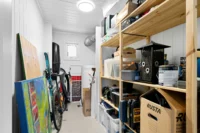
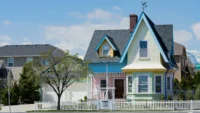

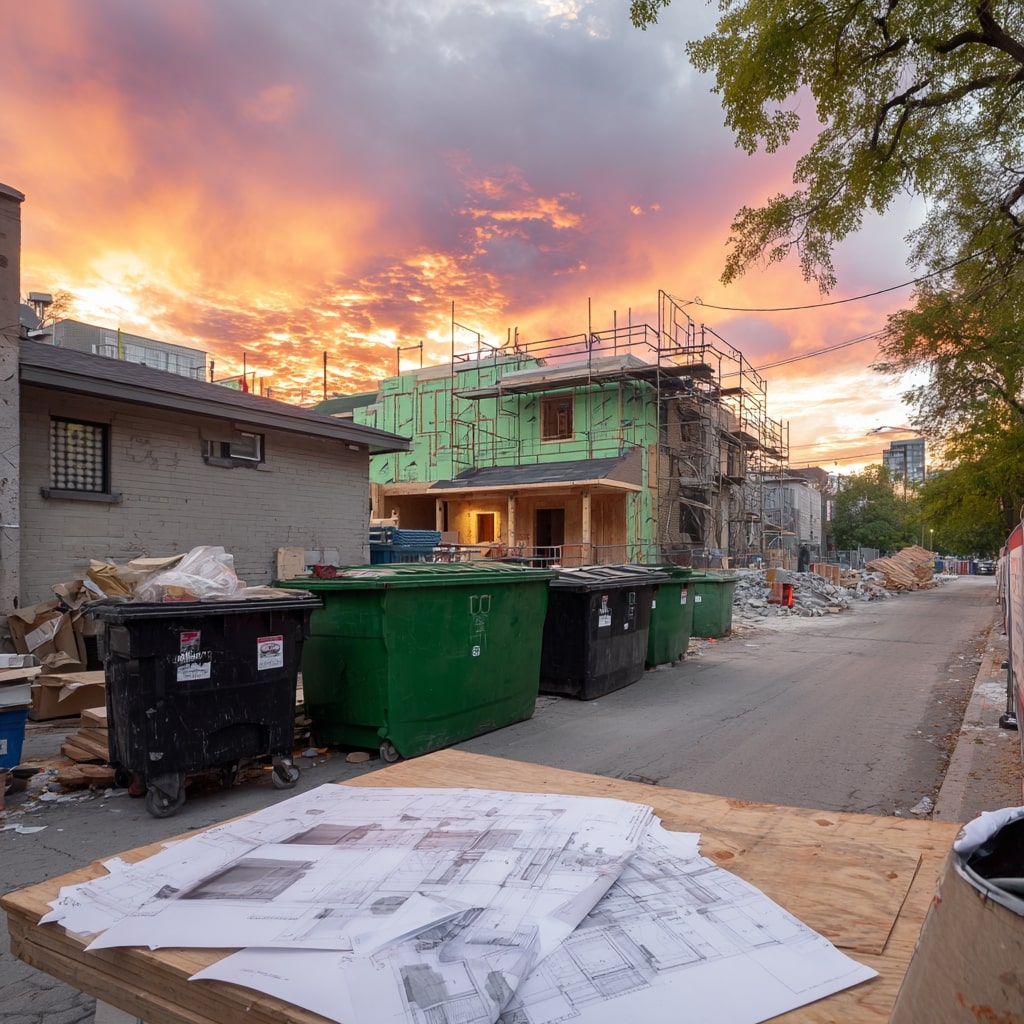
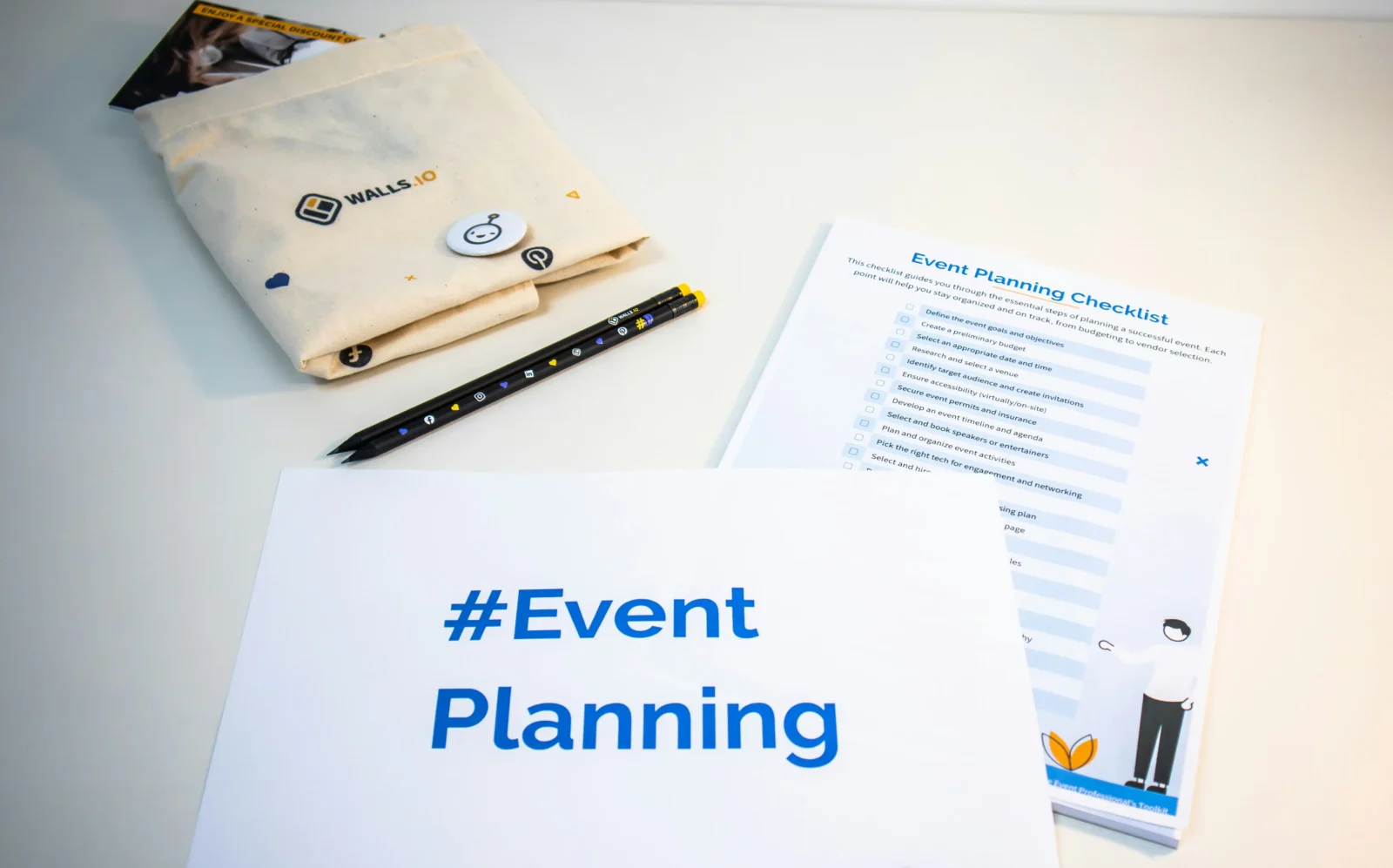
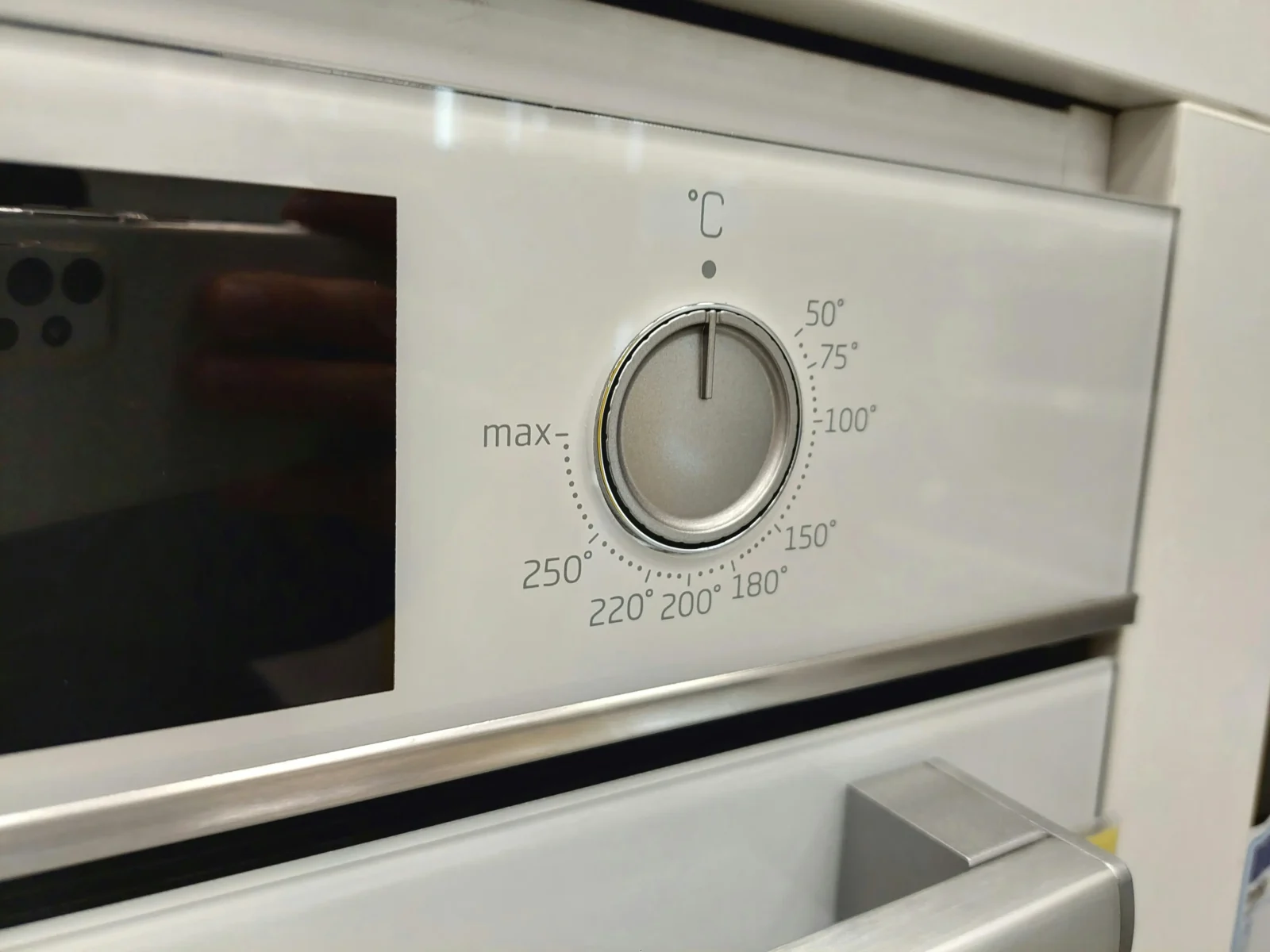
Leave a comment